Astrophysics, Gravity and Cosmology
Overview

The Physics Department at UVA contributes to the area of astrophysics, gravity and cosmology from a theoretical side. Our goal is to address unsolved problems in fundamental physics using astrophysical compact objects, such as black holes and neutron stars, that form after gravitational collapse of massive stars. Their extremely strong gravitational field allows us to test whether General Relativity is correct in the regime that is inaccessible from table-top or Solar System experiments. Their large population allows us to carry out high precision cosmology. Neutron star’s remarkably high density allows us to determine the correct equation of state (relation between pressure and density) for nuclear matter.
We try to achieve our goal by first theoretically modeling black holes and neutron stars both within General Relativity and beyond. We then derive gravitational waveforms for merging two compact objects and binary pulsar observables (such as its orbital decay rate). We finally compare these theoretical predictions with current and future observations to reveal how accurately one can e.g. probe deviations away from General Relativity or determine tidal parameters for neutron stars that encode nuclear physics information.
We also study universal relations among neutron star observables that do not depend strongly on the stellar internal structure (or the equation of state) that is currently unknown. Such universal relations can be applied to electromagnetic wave (such as radio or X-rays) and gravitational wave observations to probe important physics, including astrophysics, nuclear physics, gravitational physics and cosmology. For example, universal relations allow us to test strong-field gravity using neutron stars without being affected by uncertainties in nuclear physics.
We attend colloquia, seminars, journal clubs and meetings not only in the Physics Department but also in the Astronomy Department and NRAO. In this way, we try to strengthen the synergy between the Physics Department and Astro/NRAO, and to establish novel and interdisciplinary research directions.
Personnel
 David Nichols
David NicholsGravitational waves from the mergers of several stellar-mass black-hole and neutron-star binaries have now been detected by the LIGO and Virgo collaborations. These observations have opened a new method for observing the Universe. With them, and the many detections that are expected to follow in the upcoming years, one can now study the properties of strongly gravitating objects and rapidly changing space and time. Determining the predictions of Einstein's theory of relativity for these systems and understanding how these predictions can be extracted from gravitational-wave ... More>
 Diana Vaman
Diana VamanMy research in theoretical particle physics is based on string theory, and I am especially interested in the connections between gauge and string theories. More>
 Kent Yagi
Kent YagiMy current research goal is to probe fundamental physics using astrophysical compact objects, such as black holes and neutron stars. I am particularly interested in testing strong/dynamical-field gravity and determining the equation of state of nuclear matter with gravitational waves from compact binaries. Such gravitational waves allow us to probe gravity and nuclear physics in the regime that was inaccessible from previous experiments and observations. Deviations away from General Relativity and tidal ... More>
 Physics at Virginia
Physics at Virginia